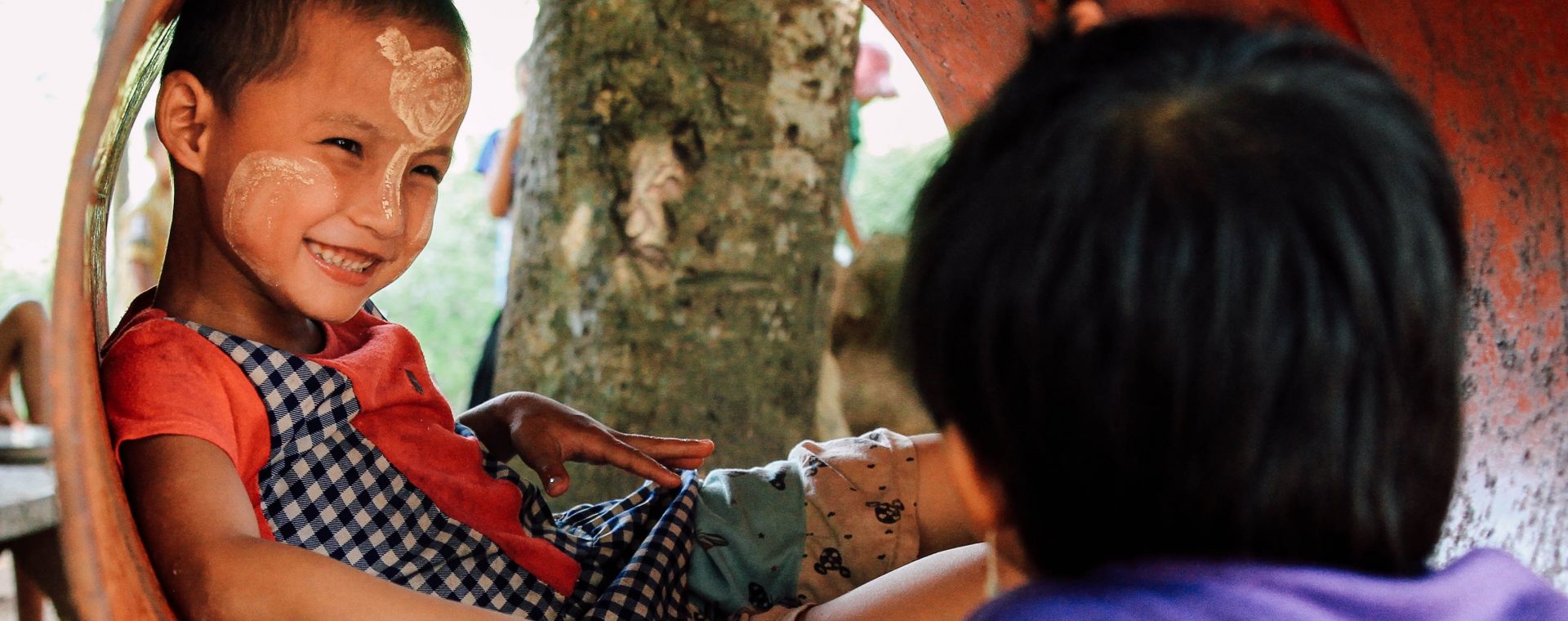
Buzzwords and phrases come and go, especially in humanitarian response. They are in every report, every article, and are what every donor looks for in a proposal until the entire industry turns its attention to the next hot topic. Transformative, sustainable, community-based, participatory, empowering; the list goes on and on. Some stick around as best practice, while others fade and get replaced with new catchy terms.
One word that has floated around the humanitarian community for years is resilience. Ironically, one way to interpret resilience is the ability to bounce back or last for a long time – which many buzzwords and phrases do not. More related to the human condition, resilience is often defined as the ability to overcome hardship and achieve well-being in the face of significant adversityi.
I have been an Education in Emergencies Specialist for the last 7 years, supporting refugees and communities affected by humanitarian crises. I have worked for various NGOs – big and small – around the world, delivering formal and non-formal education services, from early childhood development to alternative higher education, girls’ education to youth empowerment, and play-based learning to digital education. Throughout these experiences I have worked with students, teachers, and parents living in unbearable conditions and facing extreme hardship. Among the most vulnerable are refugee children and youth who face a multitude of risks: a lack of access to critical health, nutrition, and social services; increased risks of neglect, abuse, trafficking, and child labor; and risks that are particular for adolescents and youth, such as sexual and gender-based violence, early pregnancy, early marriage, and substance abuse. The longer individuals are exposed to these kinds of risks, the more likely they will lose the ability to cope or bounce back. However, despite this accumulation of risk for refugee children and youth, their resilience can help them survive and even thrive in the face of adversityii.
Quality educational experiences are critical for the development of resilience. For example, caring teachers and peer support, a welcoming and safe environment, enabling children to build on their existing skills and knowledge, and encouraging community participation and the development of individual and cultural identity can help refugee children and youth develop confidence, a support system, and the ability to cope with stress. Quality learning environments can also serve as protective spaces from physical danger or exploitation and mitigate psychosocial trauma by creating a sense of routine, stability, structure, and hopeiii. These are all key topics brought up in teacher trainings I have delivered to support refugee learners from Syria, Burundi, and the Central African Republic and I have seen first-hand how a loving teacher who makes learning fun can help improve students’ attitudes, ability to form healthy relationships, and skills to self-regulate emotions ¬– all factors related to resilienceiv.
Pathways to resilience may not look the same for everyone as the meaning of well-being varies between individuals and cultures. In many refugee contexts, traditional formal schooling may not be the key to resilience-building. This can be due to a variety of factors including: poor quality of education, major differences between country-of-origin and host-country curricula, language of instruction, limited affordability, frequent opening and closing of schools, a lack of psychosocial support in schools, and limited or no options for matriculation.
Supplementary and/or non-formal education opportunities can sometimes be more effective at helping individuals to build resilience and access future opportunities. Examples of these types of programs include: accelerated learning, technical-vocational training, language-learning, digital education, and recreational programs that encourage artistic-, physical- and social-skills building (e.g. art, sports, drama, etc.). For example, Burundian refugee students who passed through Plan International’s life-skills and vocational program in Tanzania showed increased knowledge on self-care, self-confidence, and self-sufficiency. In Chad, Darfuri refugee children who passed through iACT’s Little Ripples early childhood program, which incorporates play-based learning and mindfulness, showed improvements not only in academic achievement, but also interactions with fellow students and social-emotional skills commonly associated with resiliencev.
Unfortunately, the education sector is given an unbelievably small slice of the humanitarian funding pie; receiving only 3.8% of annual humanitarian funding in 2017vi. In situations where education does receive humanitarian funding, donors often prefer to fund formal school activities that can serve a high number of students for a low cost. However, it is imperative to remember that education is a human right, regardless of age or legal status, and that the capabilities that underlie resilience can be strengthened at any stage of life and through multiple educational pathwaysvii.
Although resilience has its place on the long list of humanitarian jargon, its buzzword-status does not diminish its importance for the future well-being and success of millions of refugee children and youth around the world. More investment in comprehensive quality educational programming for refugees of all ages, and further documentation of successful programs that promote resilience, is needed to ensure all individuals affected by humanitarian crises and displacement are able to exercise their right to education and develop resilient behaviors that can lead to a bright and healthy future.
i Harvard University. (2019). Centre on the Developing Child: Resilience page. Retrieved from: https://developingchild.harvard.edu/science/key-concepts/resilience/
ii Shah. S. (2017). Promising Practices in Refugee Education – Falling through the cracks: Young children in emergencies. Retrieved from: https://www.promisingpractices.online/news/2017/7/20/falling-through-the-cracks-young-children-in-emergencies
iii Ibid.
iv Harvard University. (2019). Centre on the Developing Child: Resilience page. Retrieved from: https://developingchild.harvard.edu/science/key-concepts/resilience/
v Ibid.
vi Global Education Cluster. (2018). Elevating Education in Emergencies: The Protective Role of Education in Emergencies First Instalment in a Series Unpacking Education’s Central Role in Humanitarian Response -Background Paper. Retrieved from: https://reliefweb.int/sites/reliefweb.int/files/resources/06062018_background_paper_elevating_eie_event.pdf
vii Harvard University. (2019). Centre on the Developing Child: Resilience page. Retrieved from: https://developingchild.harvard.edu/science/key-concepts/resilience/


